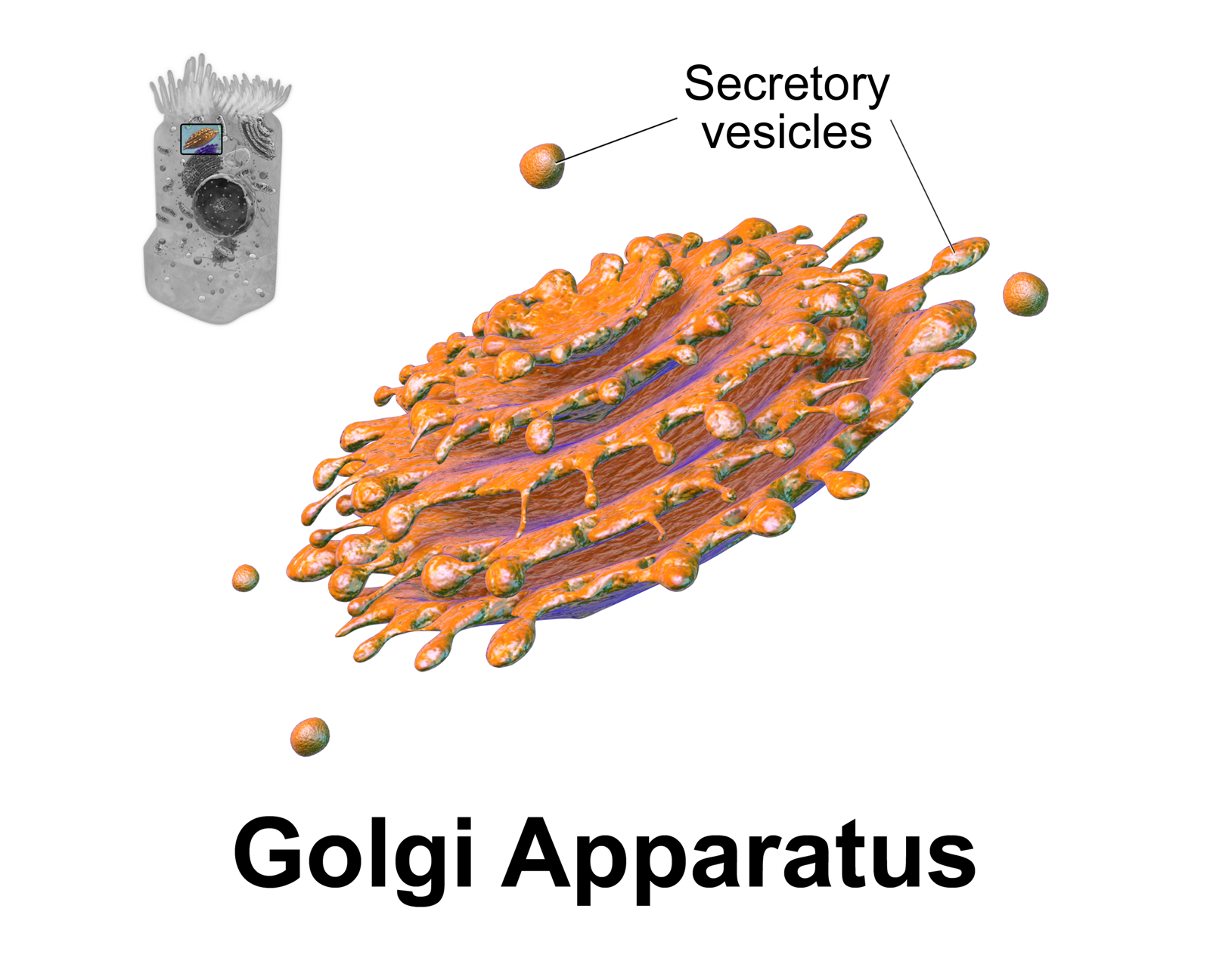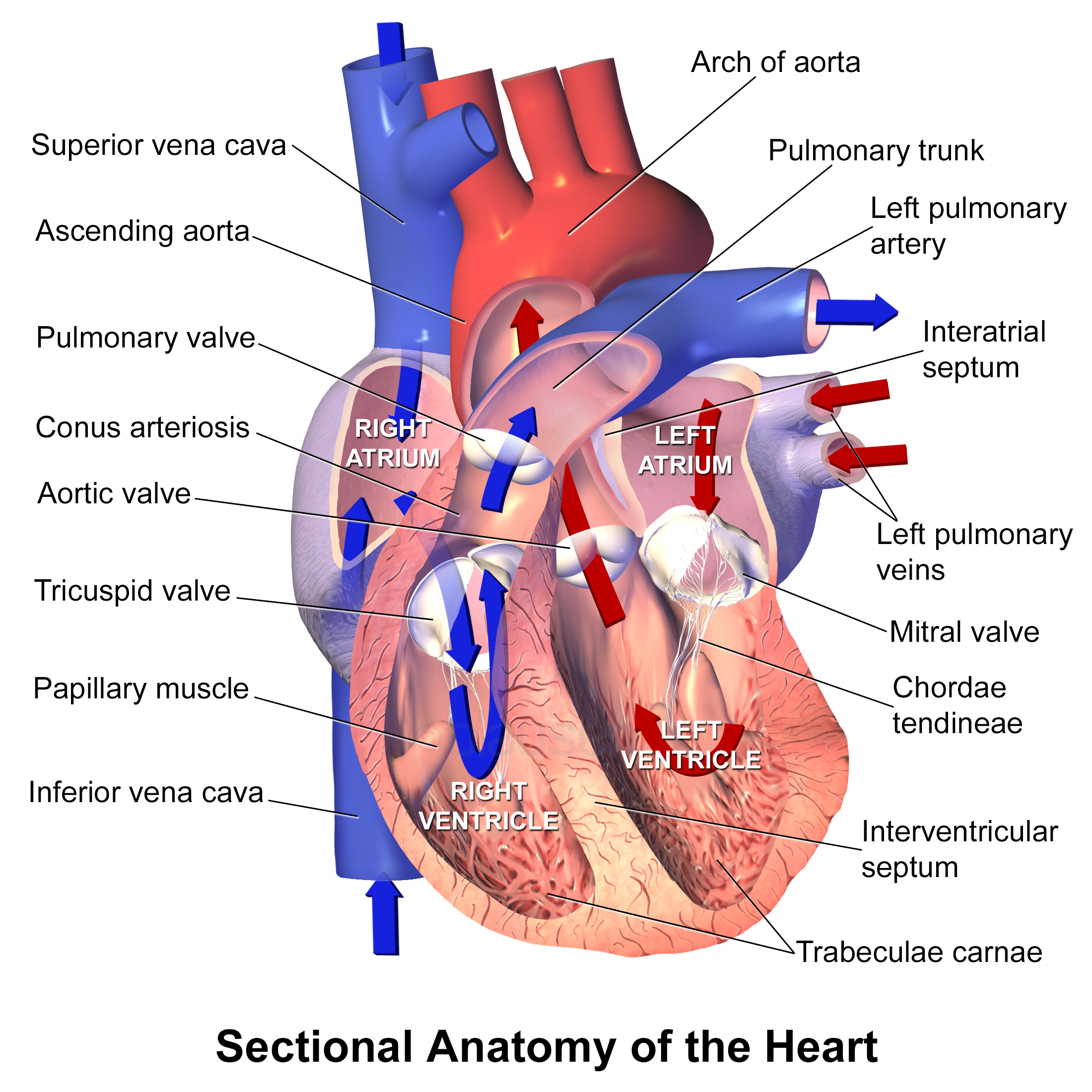|
X-linked Recessive Chondrodysplasia Punctata
X-linked recessive chondrodysplasia punctata is a type of chondrodysplasia punctata that can involve the skin, hair, and cause short stature with skeletal abnormalities, cataracts, and deafness.Freedberg, et al. (2003). ''Fitzpatrick's Dermatology in General Medicine''. (6th ed.). McGraw-Hill. . This condition is also known as arylsulfatase E deficiency, CDPX1, and X-linked recessive chondrodysplasia punctata 1. The syndrome rarely affects females, but they can be carriers of the recessive allele. Although the exact number of people diagnosed with CDPX1 is unknown, it was estimated that 1 in 500,000 have CDPX1 in varying severity. This condition is not linked to a specific ethnicity. The mutation that leads to a deficiency in arylsulfatase L (ARSL) occurs in the coding region of the gene. Absence of stippling, deposits of calcium, of bones and cartilage, shown on x-ray, does not rule out chondrodysplasia punctata or a normal chondrodysplasia punctata 1 (CDPX1) gene without mutation ... [...More Info...] [...Related Items...] OR: [Wikipedia] [Google] [Baidu] |
Medical Genetics
Medical genetics is the branch tics in that human genetics is a field of scientific research that may or may not apply to medicine, while medical genetics refers to the application of genetics to medical care. For example, research on the causes and inheritance of genetic disorders would be considered within both human genetics and medical genetics, while the diagnosis, management, and counselling people with genetic disorders would be considered part of medical genetics. In contrast, the study of typically non-medical phenotypes such as the genetics of eye color would be considered part of human genetics, but not necessarily relevant to medical genetics (except in situations such as albinism). ''Genetic medicine'' is a newer term for medical genetics and incorporates areas such as gene therapy, personalized medicine, and the rapidly emerging new medical specialty, predictive medicine. Scope Medical genetics encompasses many different areas, including clinical practice o ... [...More Info...] [...Related Items...] OR: [Wikipedia] [Google] [Baidu] |
Chondrodysplasia Punctata
Chondrodysplasia punctata is a clinically and genetically diverse group of rare diseases, first described by Erich Conradi (1882–1968), that share the features of stippled epiphyses and skeletal changes.Freedberg, et al. (2003). ''Fitzpatrick's Dermatology in General Medicine''. (6th ed.). McGraw-Hill. .James, William; Berger, Timothy; Elston, Dirk (2005). ''Andrews' Diseases of the Skin: Clinical Dermatology''. (10th ed.). Saunders. . Types * Rhizomelic chondrodysplasia punctata , , * X-linked recessive chondrodysplasia punctata * Conradi–Hünermann syndrome (chondrodysplasia punctata 2, x-linked dominant) * Autosomal dominant chondrodysplasia punctata See also * List of cutaneous conditions Many skin conditions affect the human integumentary system—the organ system covering the entire surface of the body and composed of skin, hair, nails, and related muscle and glands. The major function of this system is as a barrier against t ... * List of radiographic findi ... [...More Info...] [...Related Items...] OR: [Wikipedia] [Google] [Baidu] |
Arylsulfatase L
Arylsulfatase L is an enzyme that, in humans, is encoded by the ''ARSL'' gene. Function Arylsulfatase L is a member of the arylsulfatase subfamily of sulfatase enzymes that catalyze the hydrolysis of sulfate esters. It is glycosylated postranslationally and localized to the golgi apparatus. Sulfatases are essential for the correct composition of bone and cartilage matrix. Clinical significance Deficiencies in ARSL are associated with X-linked recessive chondrodysplasia punctata X-linked recessive chondrodysplasia punctata is a type of chondrodysplasia punctata that can involve the skin, hair, and cause short stature with skeletal abnormalities, cataracts, and deafness.Freedberg, et al. (2003). ''Fitzpatrick's Dermatology ..., a disease characterized by abnormalities in cartilage and bone development. References Further reading * * * * * * * * * * External links * {{gene-X-stub ... [...More Info...] [...Related Items...] OR: [Wikipedia] [Google] [Baidu] |
Blausen 0435 GolgiApparatus
Blausen Medical Communications, Inc. is the creator and owner of a library of two- and three-dimensional medical and scientific images and animations, a developer of information technology allowing access to that content, and a business focused on licensing and distributing the content. It was founded by Bruce Blausen in Houston, Texas, in 1991, and is privately held. Background Blausen Medical Communications, Inc. (BMC) is a privately held company founded by Bruce Blausen in Houston, Texas in 1991. BMC created and owns a library of medical and scientific images and animations, and has developed information technology tools allowing access to the library; as well, it licenses and otherwise works to distribute the content. As of this date, BMC's animation library comprised approximately 1,500 animations and over 27,000 two- and three-dimensional images designed for point-of-care patient education, which could be accessed by consumers or professional caregivers (primarily via ... [...More Info...] [...Related Items...] OR: [Wikipedia] [Google] [Baidu] |
Golgi Apparatus
The Golgi apparatus (), also known as the Golgi complex, Golgi body, or simply the Golgi, is an organelle found in most eukaryotic cells. Part of the endomembrane system in the cytoplasm, it packages proteins into membrane-bound vesicles inside the cell before the vesicles are sent to their destination. It resides at the intersection of the secretory, lysosomal, and endocytic pathways. It is of particular importance in processing proteins for secretion, containing a set of glycosylation enzymes that attach various sugar monomers to proteins as the proteins move through the apparatus. It was identified in 1897 by the Italian scientist Camillo Golgi and was named after him in 1898. Discovery Owing to its large size and distinctive structure, the Golgi apparatus was one of the first organelles to be discovered and observed in detail. It was discovered in 1898 by Italian physician Camillo Golgi during an investigation of the nervous system. After first observing it under h ... [...More Info...] [...Related Items...] OR: [Wikipedia] [Google] [Baidu] |
Warfarin
Warfarin, sold under the brand name Coumadin among others, is a medication that is used as an anticoagulant (blood thinner). It is commonly used to prevent blood clots such as deep vein thrombosis and pulmonary embolism, and to prevent stroke in people who have atrial fibrillation, valvular heart disease, or artificial heart valves. Less commonly, it is used following ST-segment elevation myocardial infarction and orthopedic surgery. It is generally taken by mouth, but may also be used intravenously. The common side effect is bleeding. Less common side effects may include areas of tissue damage and purple toes syndrome. Use is not recommended during pregnancy. The effects of warfarin typically should be monitored by checking prothrombin time (INR) every one to four weeks. Many other medications and dietary factors can interact with warfarin, either increasing or decreasing its effectiveness. The effects of warfarin may be reversed with phytomenadione (vitamin ... [...More Info...] [...Related Items...] OR: [Wikipedia] [Google] [Baidu] |
Phenocopy
A phenocopy is a variation in phenotype (generally referring to a single trait) which is caused by environmental conditions (often, but not necessarily, during the organism's development), such that the organism's phenotype matches a phenotype which is determined by genetic factors. It is not a type of mutation, as it is non-hereditary. The term was coined by Richard Goldschmidt in 1935. He used it to refer to forms, produced by some experimental procedure, whose appearance duplicates or copies the phenotype of some mutant or combination of mutants. Examples The butterfly genus '' Vanessa'' can change phenotype based on the local temperature. If introduced to Lapland they mimic butterflies localised to this area; and if localised to Syria they mimic butterflies of this area. The larvae of ''Drosophila melanogaster'' have been found to be particularly vulnerable to environmental factors which produce phenocopies of known mutations; these factors include temperature, shock, radi ... [...More Info...] [...Related Items...] OR: [Wikipedia] [Google] [Baidu] |
List Of Cutaneous Conditions
Many skin conditions affect the human integumentary system—the organ system covering the entire surface of the body and composed of skin, hair, nails, and related muscle and glands. The major function of this system is as a barrier against the external environment. The skin weighs an average of four kilograms, covers an area of two square metres, and is made of three distinct layers: the epidermis, dermis, and subcutaneous tissue. The two main types of human skin are: glabrous skin, the hairless skin on the palms and soles (also referred to as the "palmoplantar" surfaces), and hair-bearing skin.Burns, Tony; ''et al''. (2006) ''Rook's Textbook of Dermatology CD-ROM''. Wiley-Blackwell. . Within the latter type, the hairs occur in structures called pilosebaceous units, each with hair follicle, sebaceous gland, and associated arrector pili muscle. In the embryo, the epidermis, hair, and glands form from the ectoderm, which is chemically influenced by the underlying m ... [...More Info...] [...Related Items...] OR: [Wikipedia] [Google] [Baidu] |
List Of Radiographic Findings Associated With Cutaneous Conditions
Many conditions of or affecting the human integumentary system have associated features that may be found by performing an x-ray or CT scan of the affected person. See also * List of cutaneous conditions * List of contact allergens * List of cutaneous conditions associated with internal malignancy * List of cutaneous conditions caused by mutations in keratins * List of cutaneous conditions caused by problems with junctional proteins * List of genes mutated in cutaneous conditions * List of histologic stains that aid in diagnosis of cutaneous conditions * List of immunofluorescence findings for autoimmune bullous conditions * List of inclusion bodies that aid in diagnosis of cutaneous conditions * List of keratins expressed in the human integumentary system * List of specialized glands within the human integumentary system * List of target antigens in pemphigoid * List of target antigens in pemphigus Circulating auto-antibodies in the human body can target normal parts of ... [...More Info...] [...Related Items...] OR: [Wikipedia] [Google] [Baidu] |
Genodermatoses
Genodermatosis is a hereditary skin disease with three inherited modes including single gene inheritance, multiple gene inheritance and chromosome inheritance. There are many different types of genodermatosis, the prevalence of genodermatosis ranges from 1 per 6000 people to 1 per 500,000 people.Fields, D. (2019, June). Types of Genodermatoses. Retrieved September 08, 2020, from https://www.news-medical.net/health/Types-of-Genodermatoses.aspx Genodermatosis has influence on the texture, color and structure of skin cuticle and connective tissue, specific lesion site and clinical manifestations on the body vary depending on the type. In the spite of the variety and complexity of genodermatosis, there are still some common methods that can help people diagnose. After diagnosis, different types of genodermatosis require different levels of therapy including interventions, nursing interventions and treatments.Fondation René Touraine. (n.d.). Genodermatoses & Rare Skin Disorders - a publ ... [...More Info...] [...Related Items...] OR: [Wikipedia] [Google] [Baidu] |
Enzyme Defects
Enzymes () are proteins that act as biological catalysts by accelerating chemical reactions. The molecules upon which enzymes may act are called substrates, and the enzyme converts the substrates into different molecules known as products. Almost all metabolic processes in the cell need enzyme catalysis in order to occur at rates fast enough to sustain life. Metabolic pathways depend upon enzymes to catalyze individual steps. The study of enzymes is called ''enzymology'' and the field of pseudoenzyme analysis recognizes that during evolution, some enzymes have lost the ability to carry out biological catalysis, which is often reflected in their amino acid sequences and unusual 'pseudocatalytic' properties. Enzymes are known to catalyze more than 5,000 biochemical reaction types. Other biocatalysts are catalytic RNA molecules, called ribozymes. Enzymes' specificity comes from their unique three-dimensional structures. Like all catalysts, enzymes increase the reac ... [...More Info...] [...Related Items...] OR: [Wikipedia] [Google] [Baidu] |




.jpg)
